Mauke is a collective term for inflammation and/or skin irritation on a horse's fetlock. Mauke can spread to the front of the leg and even up. Mallenders often appear in the fall, but some horses can suffer from mallenders all year round.
Can every horse get sick?
In principle, any horse can get mug, but mug is generally more common on white legs than on dark legs. However, it is unclear why this is so. Horses with a lot of wallpaper/socks, like Friesians and Tinkers, are also more prone to mug.
How does horse mugging happen?
As a rule, several factors play a role at the same time, leading to mugging. It is important that initially the resistance of the skin is reduced, which can lead to the goat escaping. Other factors that (may) play a role are: wounds, fungi/yeast/mites and bacteria, hypersensitivity, accumulated dirt and wet pastures/paddocks. Moisture and dirt are often suspected to be the cause in warm-blooded horses, while mites are more likely to play a role in horses with a lot of fur.
In many cases, the wallpaper or the horse's leg gets wet. The wet makes it difficult to brush away sand and dirt. This dirt then rubs into the fetlock cavity during movement and causes small wounds. These sores become inflamed and result in bumps. Dampness can also result from excessive washing or using an aqua trainer without adequately drying the legs.
An infection (e.g. with mites, yeast or fungi) leads to a reduction in the skin’s resistance. Mites can also cause small wounds. Because of the horse's wallpaper, these don't stand out that much, leaving time to light them. Dirt and sand can also play a major role here.
What are the symptoms of Mug?
Mug can express himself in a number of ways. The less severe form (erythematous mallenders) manifests itself as a slight soreness of the skin and reddening. In the more severe form (eczematous mallenders), larger and more painful lesions often occur. Your horse may become lame or even stand on three legs. Verrucous (or condylomatous) mouthfeel, in which the skin is thickened and wrinkled, occurs in horses suffering from chronic mouthfeel. All of these forms of mug can occur anywhere on the leg.
Classically, the bulging occurs only on the ankle and is accompanied by redness, scabs, swelling, soreness, and/or itching. The spot is often circular. These are the most obvious signs by which you can tell that your horse is likely suffering from mallenders.
How is mugging treated in horses?
There are many different views on how to treat Mug. This does not mean that one treatment is better or worse than the other. Eliminating the cause is very important in the treatment of mud fever. For horses with a lot of wallpaper, shaving can help. If there is a lot of dirt, it should be removed. It is always advisable to house your horse in a clean and dry environment when it has malnourishment. Avoid housing your horse with wet pasterns and minimize the number of washes for horses prone to mallenders. Many ointments and treatment options have been invented over the years. This is partly because the ideal treatment has not yet been found and partly because of the many possible causes. Keeping the bondage clean and dry for a few days and possibly trying a home remedy is not a problem in itself. One should never attempt to self-medicate the mug for more than 7 days, and it is better to see a veterinarian a little sooner.
Do I need a vet?
At the initial stage, washing with an antiseptic shampoo (e.g. Betadine) in combination with a disinfecting ointment may be enough. In almost all other cases, it definitely makes sense to have your horse examined by a veterinarian. If necessary, they can do a scraping or biopsy to find out the cause. He may also prescribe anti-inflammatory drugs. Treating cups can be a time-consuming and, most importantly, frustrating affair. Any support your vet can offer will help your horse recover faster.
In the case of mites these should be treated appropriately, often you will need to wash your horse with an anti-mite product prescribed by your veterinarian.
This text was translated by a translation machine
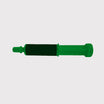 Horse Pharmacy
Horse Pharmacy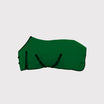 Rugs
Rugs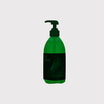 Care
Care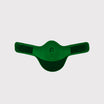 Saddle and Attachments
Saddle and Attachments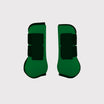 Leg Protection
Leg Protection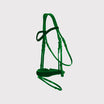 Bridles
Bridles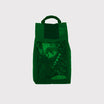 Feed
Feed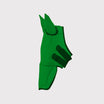 Fly Masks
Fly Masks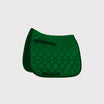 Saddle Pads
Saddle Pads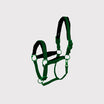 Headcollars and Ropes
Headcollars and Ropes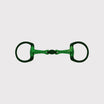 Bits
Bits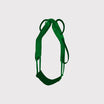 Other Disciplines
Other Disciplines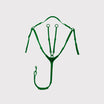 Reins and Auxiliary Reins
Reins and Auxiliary Reins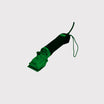 Clipping
Clipping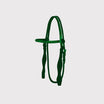 Western
Western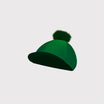 Eventing
Eventing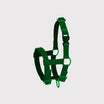 Foals
Foals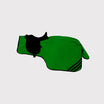 Reflection
Reflection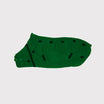 Therapy Products
Therapy Products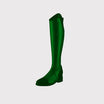 Boots and Shoes
Boots and Shoes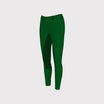 Breeches and Belts
Breeches and Belts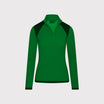 Tops
Tops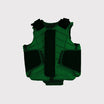 Safety
Safety Competition
Competition Heated Clothing
Heated Clothing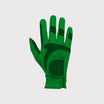 Gloves
Gloves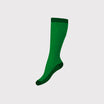 Socks
Socks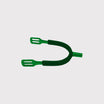 Spurs and Attachments
Spurs and Attachments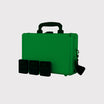 Technology
Technology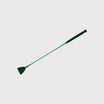 Whips
Whips Gifts
Gifts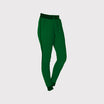 Casual Wear
Casual Wear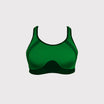 Underwear
Underwear Rider Pharmacy
Rider Pharmacy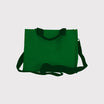 Bags
Bags Books
Books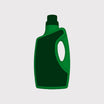 Laundry supplies
Laundry supplies Jewelry
Jewelry Feed and Waterbowls
Feed and Waterbowls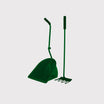 Equipment
Equipment Tack Room
Tack Room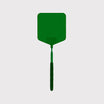 Pest Control
Pest Control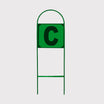 Arena
Arena Horse Toys
Horse Toys Wheelbarrows
Wheelbarrows Yard
Yard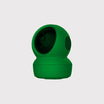 Surveillance
Surveillance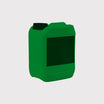 Disinfect
Disinfect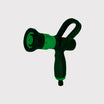 Washing Area
Washing Area Lighting
Lighting Horse Pasture
Horse Pasture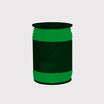 Current Conductors
Current Conductors Pole
Pole Insulators
Insulators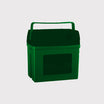 Energisers
Energisers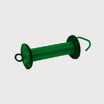 Gate Handles
Gate Handles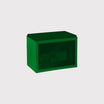 Batteries and Accumulator
Batteries and Accumulator Nets
Nets Grounding
Grounding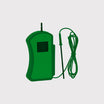 Tools
Tools Fencing Security
Fencing Security Wolf Defense
Wolf Defense Fencing Sets
Fencing Sets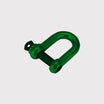 Fence locks
Fence locks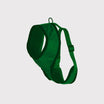 Dogs
Dogs Cats
Cats Rodents
Rodents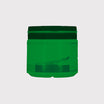 Dogs Pharmacy
Dogs Pharmacy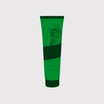 Cats Pharmacy
Cats Pharmacy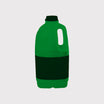 Rodents Pharmacy
Rodents Pharmacy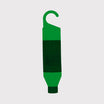 Cattle Pharmacy
Cattle Pharmacy Poultry Pharmacy
Poultry Pharmacy Veterinary Supplies
Veterinary Supplies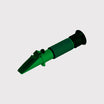 Cattle
Cattle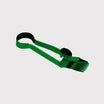 Sheep and Goats
Sheep and Goats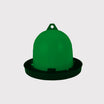 Poultry
Poultry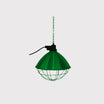 Heat Lamps
Heat Lamps Calves
Calves Marking
Marking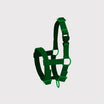 Halters
Halters